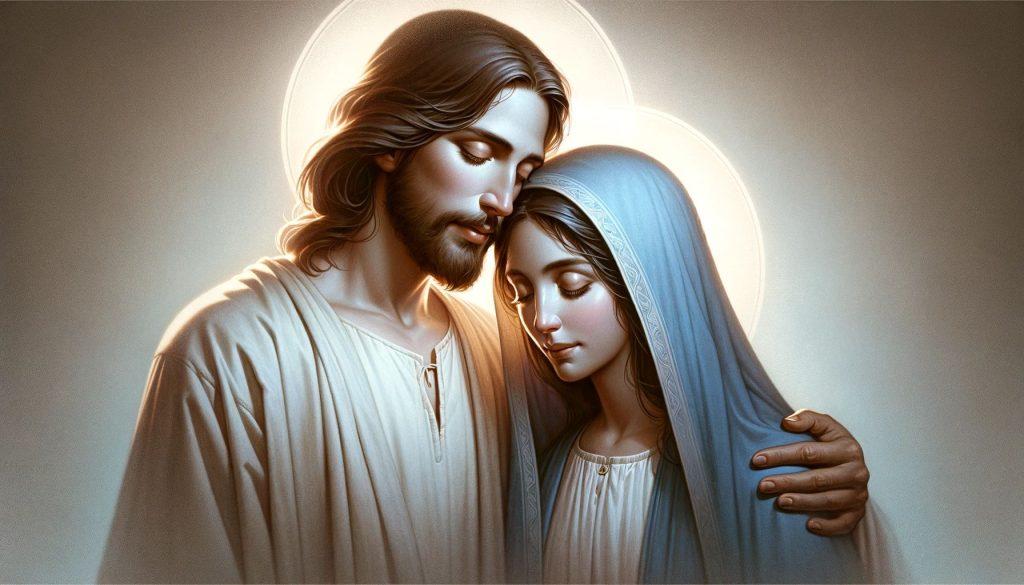In contemplating the laws of nature, it becomes evident that they do not exist in a vacuum. Just as the cosmos operates under a meticulous order, these laws are not arbitrary, but they bear the mark of a Lawgiver. The book of Job reminds us of this divine orchestration:
“He stretcheth out the north over the empty space, and hangeth the earth upon nothing. He bindeth up the waters in his clouds, so that they break not out and fall down together.” (Job 26:7-8)
Nature’s laws are a testament to the wisdom and omnipotence of the Creator. They are not mere happenstance but are designed with precision and purpose.
The Necessity of a Lawgiver
It is a fundamental truth that all legislation presupposes a legislator. In the realm of natural law, we find undeniable evidence of a Supreme Lawgiver. As the Book of Wisdom proclaims:
“For by the greatness of the beauty, and of the creature, the Creator of them may be seen, so as to be known thereby.” (Wisdom 13:5)
In our pursuit of understanding, we must recognize that the laws governing our universe are not self-imposed; they bear the divine imprint of the One who fashioned them.
The Right to Specify Worship
Amidst discussions of religion and worship, one may wonder who possesses the authority to dictate the form of religious practice. This question finds its answer in the Scriptures, where God Himself reveals His sovereignty over the manner of worship. In the book of Exodus, the Lord instructs Moses:
“And thou shalt set upon the table bread of proposition in my sight always.” (Exodus 25:30)
Here, we see God’s explicit command regarding the arrangement of the “bread of proposition” in the tabernacle. It is a poignant reminder that the One to be worshipped has the prerogative to specify how He ought to be worshipped.
In conclusion, as we delve into the profound truths found in the Douay-Rheims Bible, we recognize that the laws of nature are not the result of chance or randomness. They are divinely ordained, bearing witness to the existence of a Supreme Lawgiver. Furthermore, in matters of worship and religious practice, we defer to the Scriptures, which unequivocally declare that the One who is to be worshipped possesses the authority to prescribe the manner of worship.
🙏 PayPal Donation Appreciated
The Case for Catholicism - Answers to Classic and Contemporary Protestant Objections
Disclaimer: As an Amazon Associate, I earn from qualifying purchases. Thank you.
